High-quality photos are the foundation for precise digital patterns. This guide shows you how to avoid common mistakes and photograph your pattern optimally so PatternScan Pro can detect the contours perfectly. You'll need your cut-out pattern (white or cream), a dark flat surface, good lighting, and your reference.
A light, cut-out pattern lies flat on a dark, even surface. The reference is 2-3 cm away from the pattern. The shot is taken from above at a 90° angle with even, diffused lighting without shadows or reflections. All edges are fully visible and sharp.


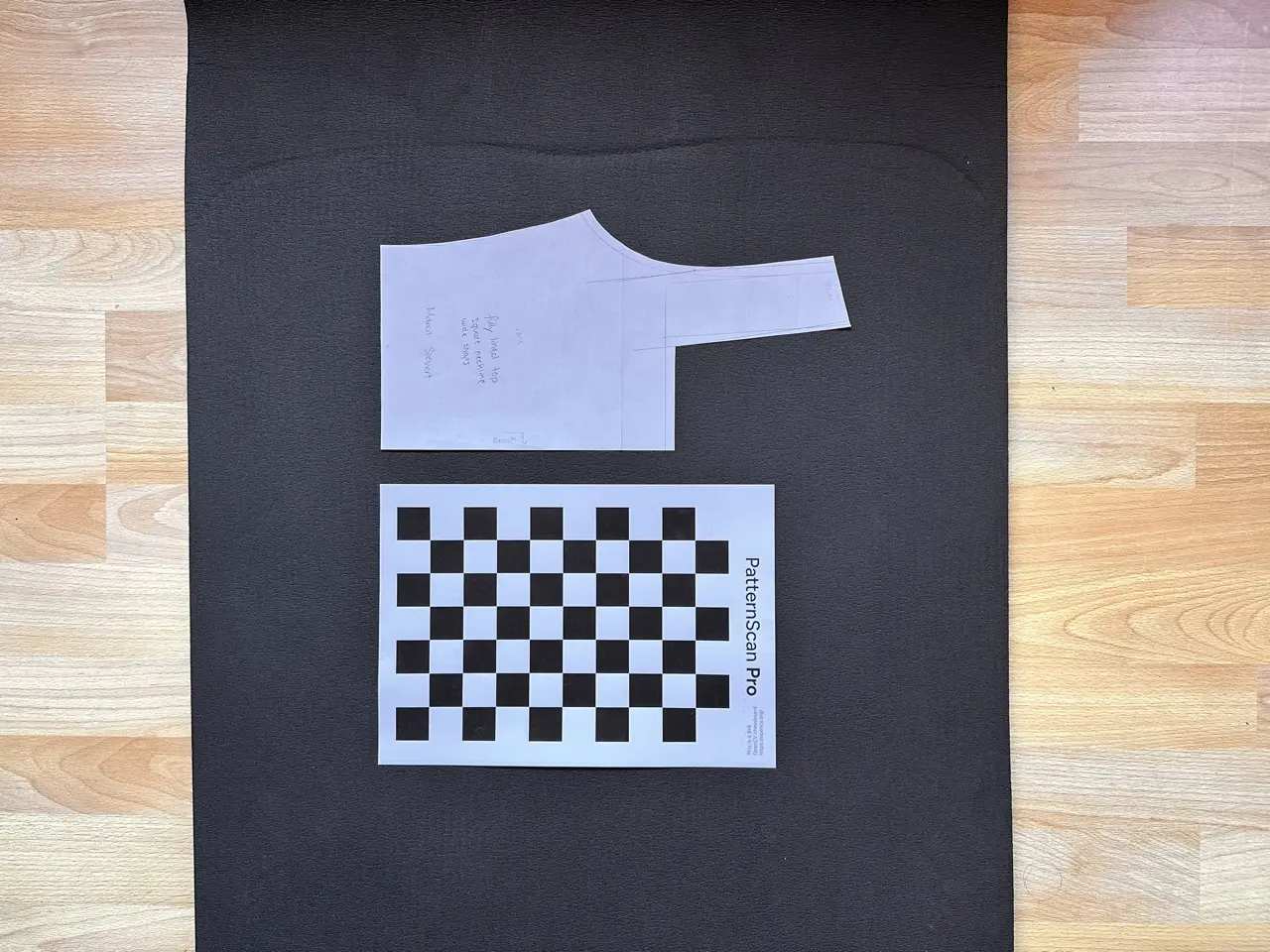



Hold your smartphone directly above the pattern, parallel to the floor at an exact 90° angle. Use your camera's built-in level function – on iPhone, the two plus signs must align.
Avoid: Angled shots cause distortion. While the app can correct slight angles, a straight shot delivers the most precise results.
Cut out your pattern cleanly along the contours before photographing. Use light paper or fabric (white or cream) for best contrast.
Avoid: Uncut pattern pieces on large paper sheets cannot be detected. PatternScan Pro needs clear, free-standing contours. Partially cut patterns also cause problems.
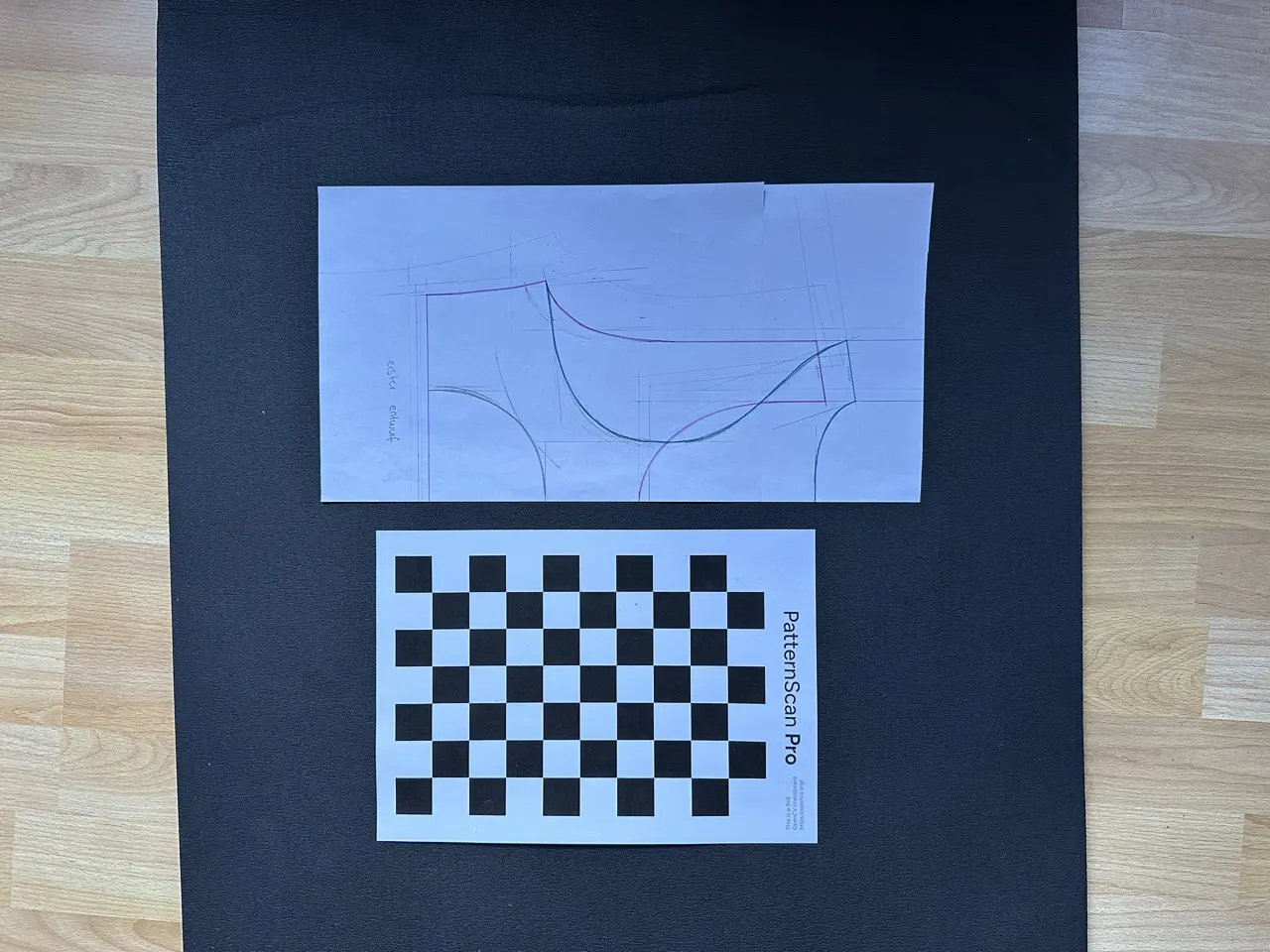


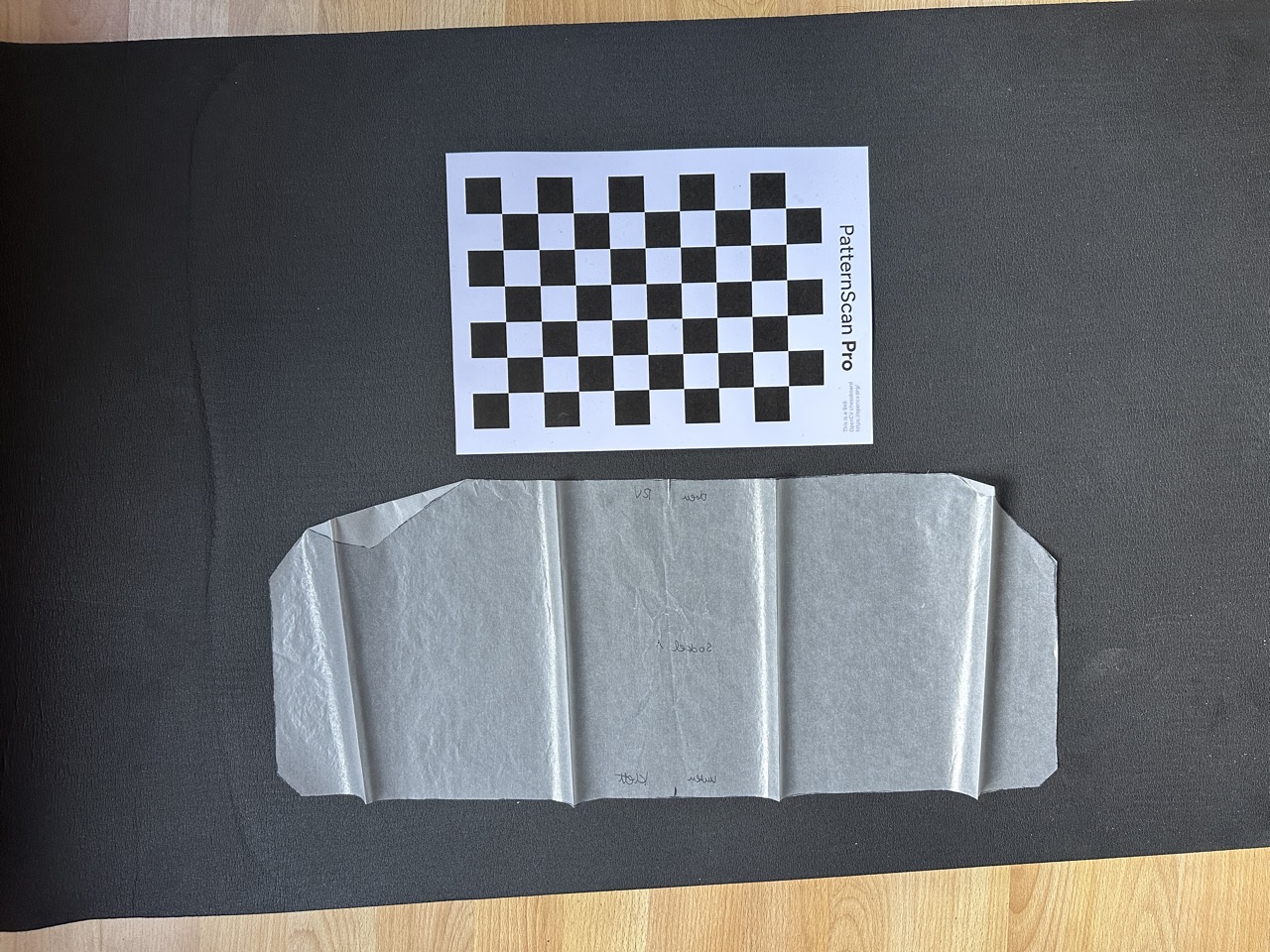


Lay your pattern completely flat and wrinkle-free on the surface. The paper must not be crinkled, wavy, or bent. Smooth it out gently to prevent waves. For stubborn waves, use small weights at the corners to keep the paper flat.
Avoid: Waves, wrinkles, or bends in the paper lead to inaccuracies in detection and measurements.
Use a dark, uniform surface without patterns. Black construction paper, black cardboard, or a dark solid-colored floor work best. Strong contrast between light pattern and dark background is essential for detection.
Avoid: Patterned surfaces like wooden floors, cutting mats, or light surfaces severely interfere with detection. The surface must be completely flat – no waves or bumps.
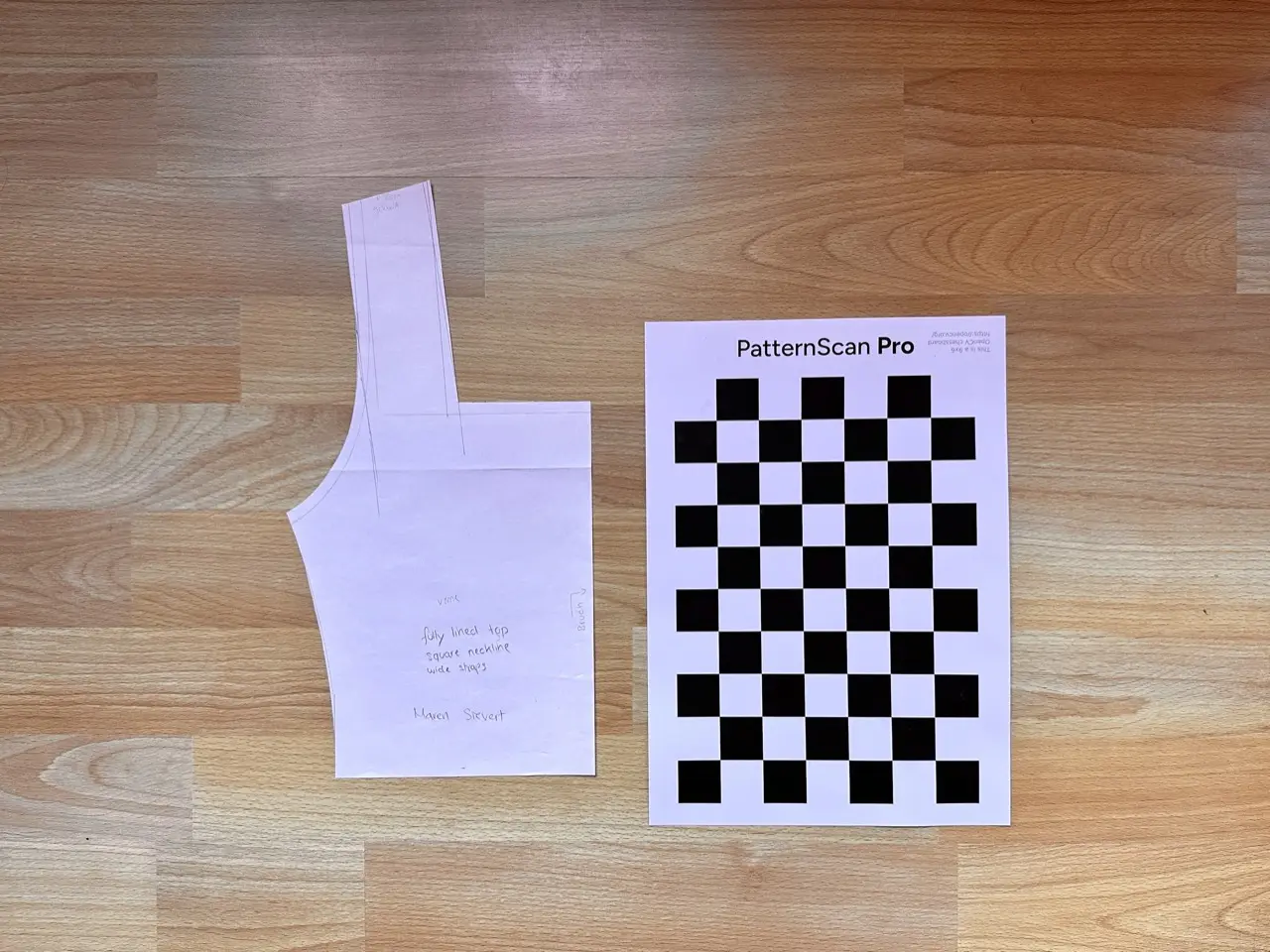


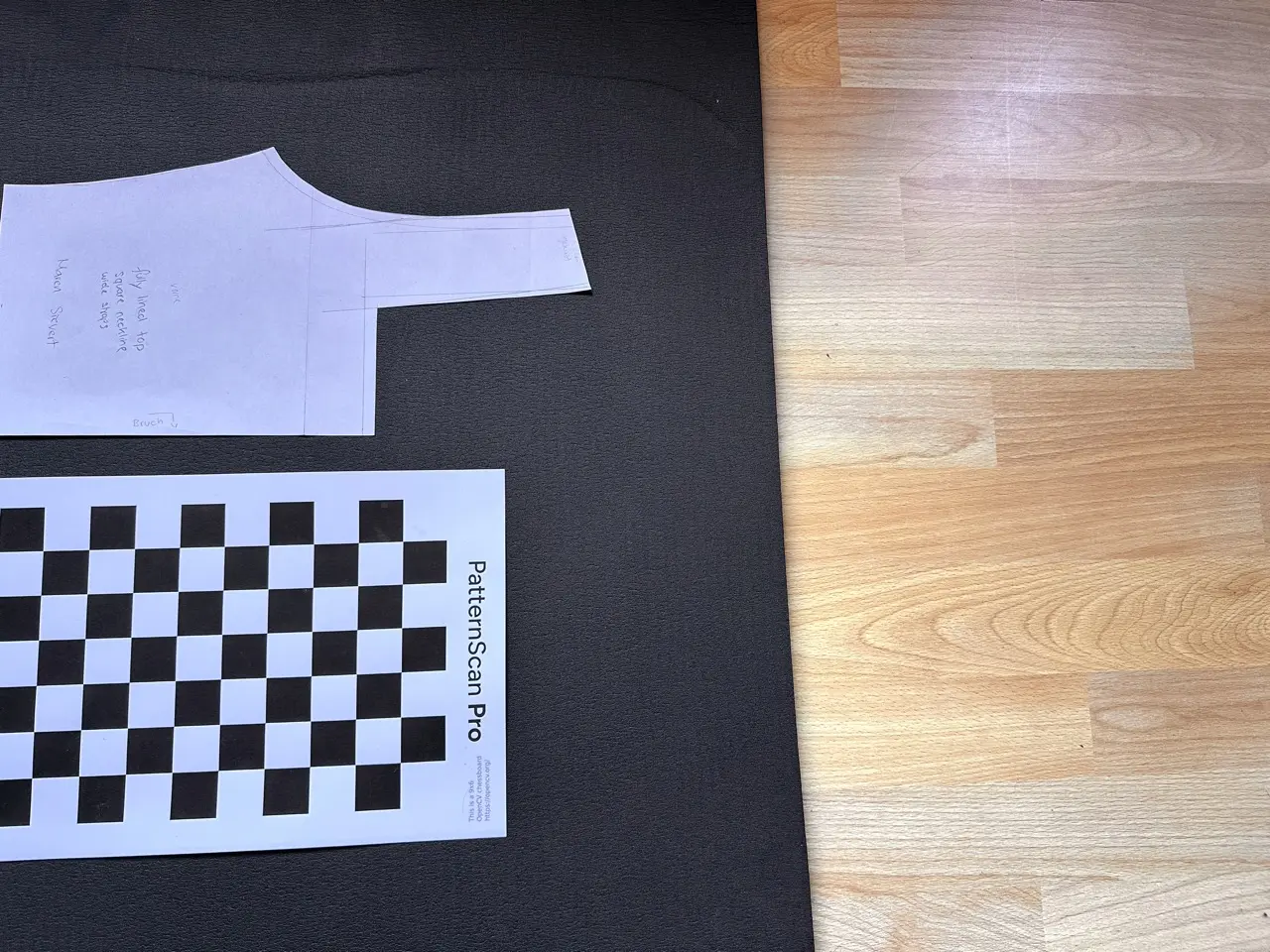


Position the camera so pattern and reference together fill about two-thirds of the frame. All pattern edges must be fully visible in the image with some margin to the frame edge.
Avoid: Cut-off edges at the frame border prevent correct detection. Move back slightly so the entire pattern is in frame with a safety margin. If some floor is visible outside the pattern, that's fine.
Place your reference 2-3 cm away from the pattern. The reference must be perfectly smooth, not wrinkled, and fully visible in the photo. Also the print has to be high quality so that the checkerboard can be fully detected.
Avoid: Wrinkled, wavy, or faded references lead to incorrect measurements throughout the pattern or detection errors. The reference must be millimeter-accurate in size. If damaged, print a new one.
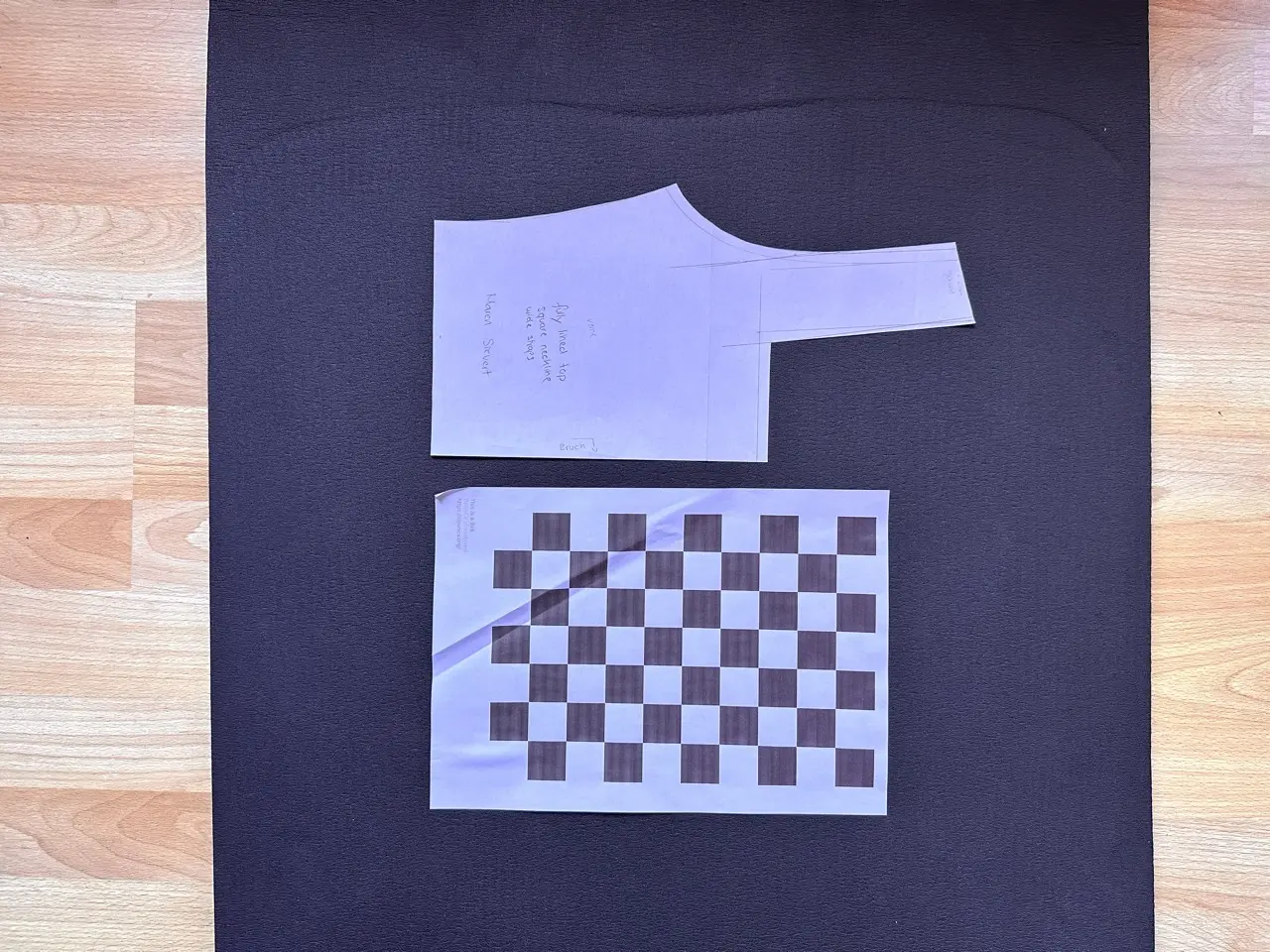





Clean your smartphone camera thoroughly before each shot with a soft microfiber cloth or lens cloth. Focus must be on the pattern – all edges must be sharply visible.
Avoid: Fingerprints, dirt, or grease on the lens cause blurry images with streaks. Pattern edges especially must be razor-sharp for precise detection. Check the lens before every shot.
Provide diffused, indirect light from multiple directions. Overcast daylight near a window works best. Make sure no shadows fall on the pattern or reference.
Avoid: Direct light sources and reflections on the dark surface – they can be detected as parts of the pattern. Also avoid your own shadow when photographing from above.
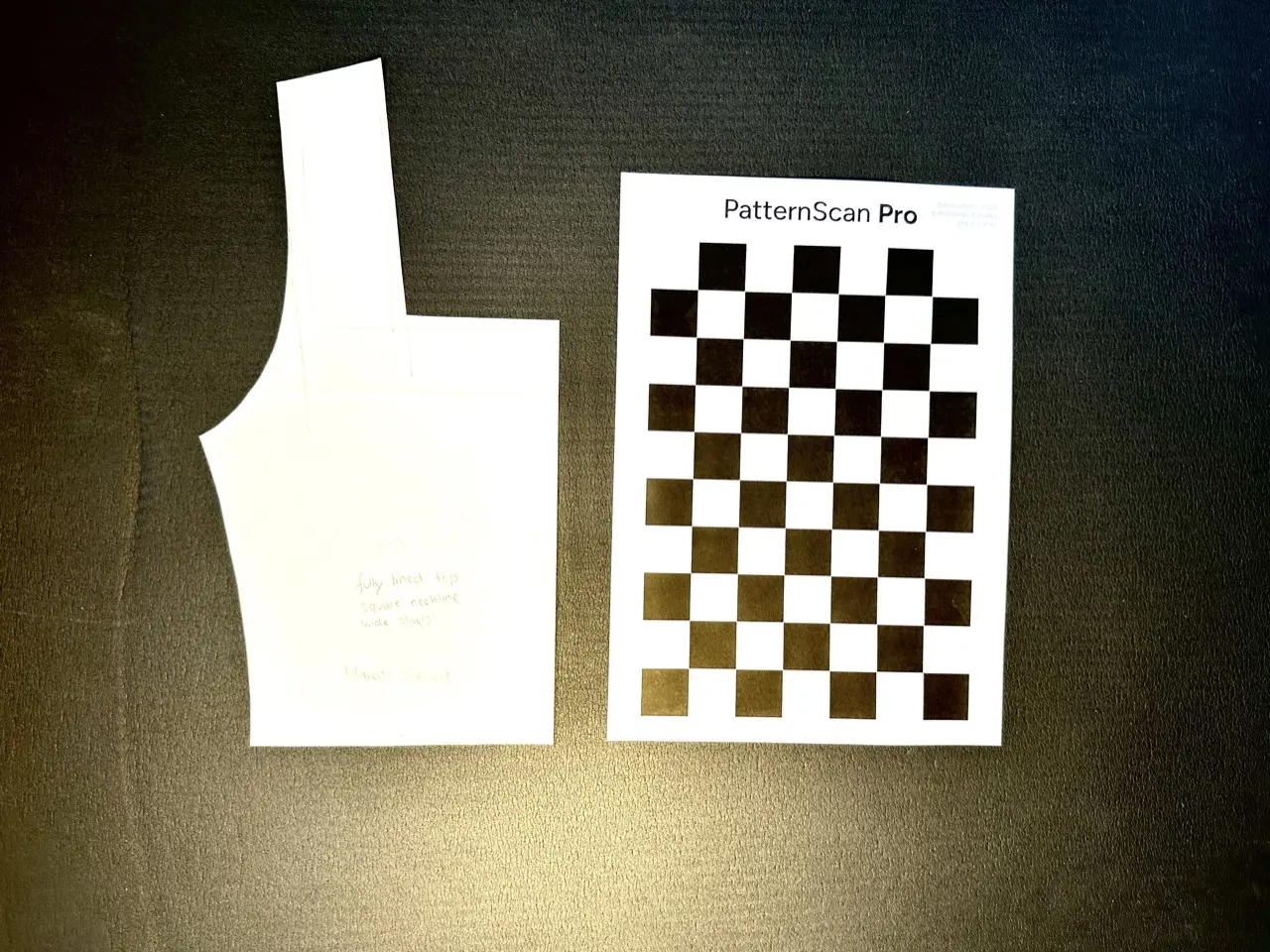


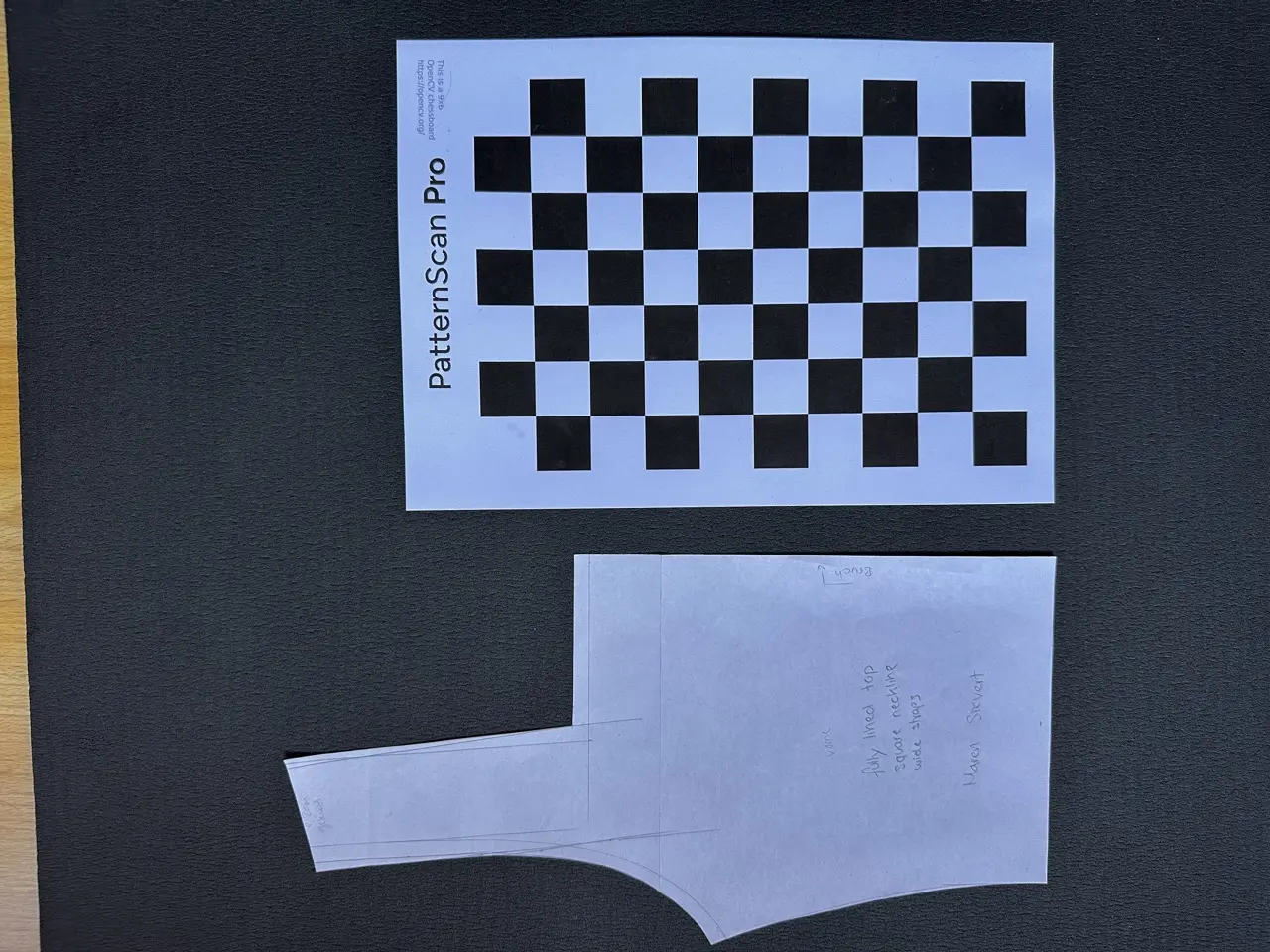


Take the photo from a distance where pattern and reference together fill about two-thirds of the frame. This ensures resolution is high enough for precise detection and scaling is most accurate.
Avoid: Shooting too close causes edge cutoffs and distortion. Too far away reduces resolution and loses detail. The ideal distance shows the pattern with some margin to the frame edge. When there is i. e. floor visible outside the dark area, this is not an issue.